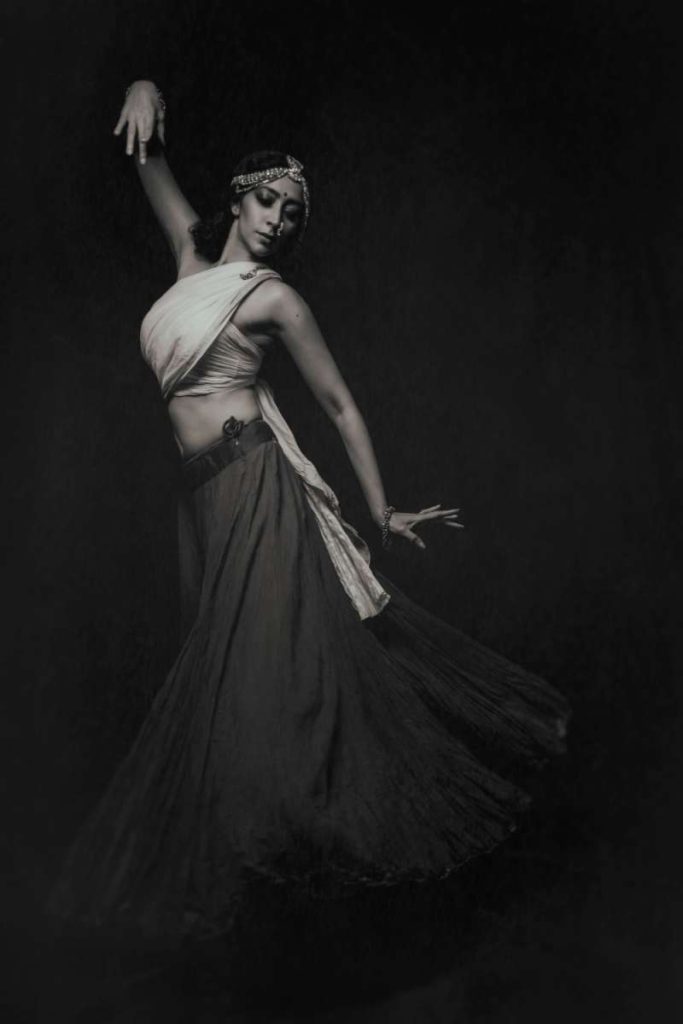Upadhya, who curated the dance segment for the recently concluded Serendipity Arts Festival-2023 held in Goa opines that it is important that both repertories and those who head them be nurtured…writes Sukant Deepak
Stressing that it is paramount for governments to think afresh and take radical measures to usher in a revolution in the arts sector, dancer and choreographer Mayuri Upadhya feels that the best way to do that would be to identify key change makers in arts in the country and back them fully. “When empowered, these individuals can take instrumental measures that will push the envelope in every way. Being experienced and specialists in their fields, they would know what is lacking where,” she tells.
Upadhya, who curated the dance segment for the recently concluded Serendipity Arts Festival-2023 held in Goa opines that it is important that both repertories and those who head them be nurtured. “A corpus funds can be created and companies can be adopted for at least five years. Participation of governments and the corporate sector, and a synergy between them can play an important role,” she says.
Pleased with how the dance segment at Serendipity turned out, the dancer, who several years back came to participate in the festival and later came aboard as one of the dance curators (with Geeta Chandran) feels there has been a genuine effort to bring the best from the art form. “There was immense freedom — I could commission three or 10 acts. There was much scope for play in identifying acts. Precisely why you could witness ‘Mehfil’ and dance performances by those who participated in reality shows at the same festival. I wanted to maintain a fine balance between seniors and youngsters, and could do that. The festival was not about playing safe, and I am so happy about that,” says this winner of the International Choreography Award, Seoul, Uday Shankar Awards for Choreography, and a Manav Ratna for her contribution to Indian arts and culture.
Upadhya, who entered her domain at the age of six, says that for most when they look at a dancer, it is only as a dancer and the grammar of it. However, the kind of opportunities she has encountered have led her to explore several more realms of the art form. “From performing, and choreographing to running a dance company has given me a peculiar perspective. Designing creative education syllabus for schools, and curating dance segments for major festivals… The shifting perspectives and drawing a circle around the dots have led me to view dance from all angles. And not to forget — dance is like a mold of
clay that can constantly change shapes — ones I want to play with, break, and recreate,” she says.
Adding that creative education for children must be taken more seriously, the artiste feels that the same is not just about teaching them steps but also making them realize how the physical moves engage with the soul. “The movement of their bodies makes them travel inwards,” she concludes, adding that creating original productions with more socio-political significance is next for her.
ALSO READ-Pakistani dancer ‘ejected’ from UK mission for pro-Palestine slogan
READ MORE-Mayuri Upadhya born to ‘create’ and she will continue to do that



